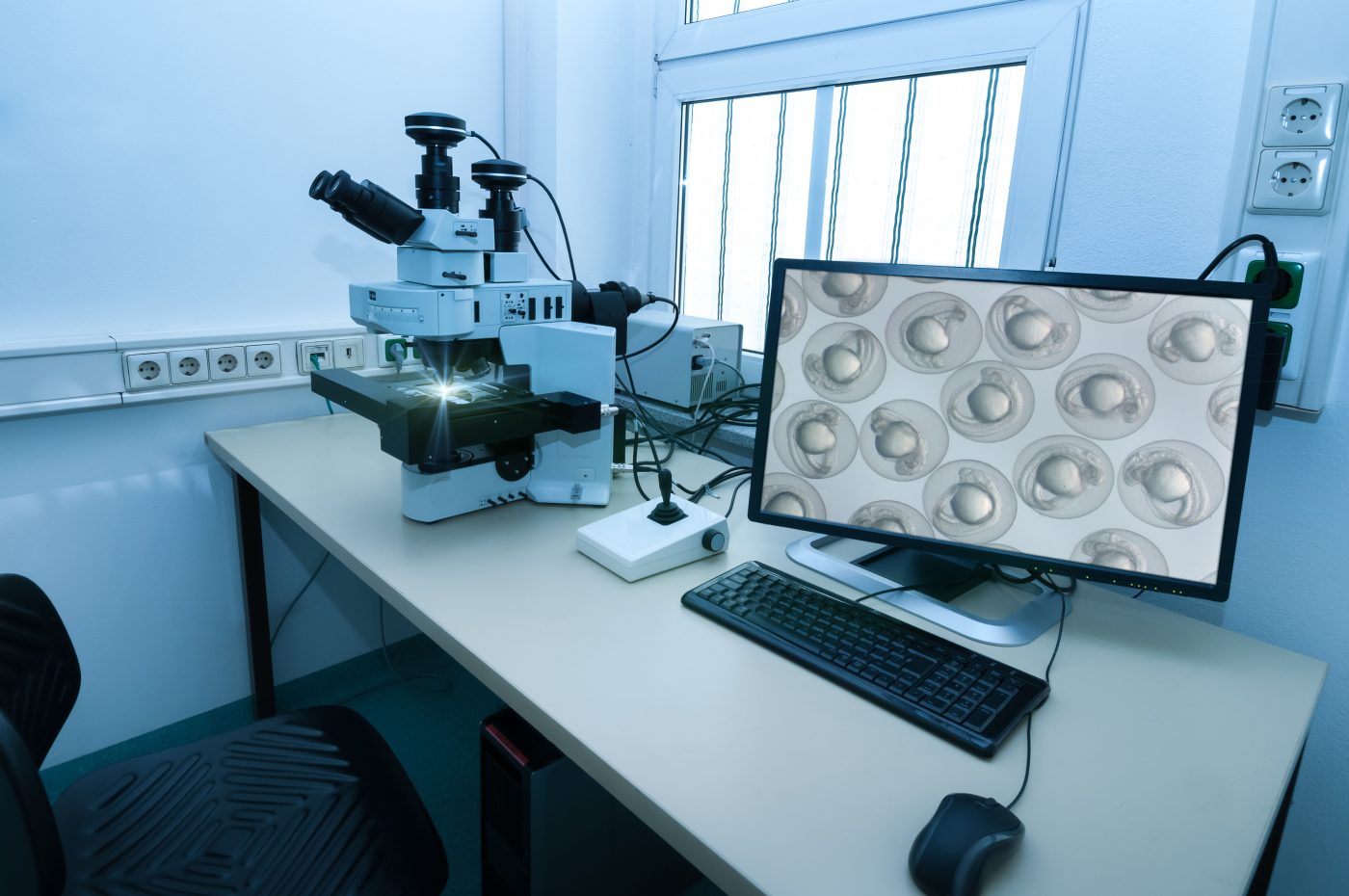Researchers Capture Entire Process of Muscle Regeneration in Living Animal for 1st Time

Scientists for a first time have captured the entire process of muscle regeneration — from injury to fiber replacement — in a living animal, validating the role of specific stem cells in regeneration. Their work could lead to new ways of triggering this process, so as to better treat people with muscle wasting diseases like muscular dystrophy.
“This process has never been caught in action before. It could reveal how we might better stimulate these cells in our own muscles,” Peter Currie, director of the Australian Regenerative Medicine Institute at Monash University and the study’s senior author, said in a press release.
The study, “Asymmetric division of clonal muscle stem cells coordinates muscle regeneration in vivo,” was published in the journal Science.
Researchers defined a group of muscle stem cells found in close proximity to muscle fibers in zebrafish. They used specialist microscopy techniques to view and image the behavior of these cells in real time, capturing the complex interactions between muscle stem cells and both injured and uninjured muscle fibers that took place during regeneration. It was a first glimpse into how these stem cells move, behave, and repair muscle.
The zebrafish muscle stem cells defined in this study are analogous to the mammalian satellite cells, undifferentiated adult muscle stem cells that are found around muscle fibers. They are normally dormant, or inactive. When muscle damage occurs, however, they start to divide to make new muscle fibers, producing large numbers of myoblasts that fuse together with surviving parts of the damaged muscle fiber to fill any gaps.
In people with muscular dystrophies, muscle cells are damaged and progressively lost, leading to increased disability. Satellite cells are triggered in an attempt to replace some of the lost tissues, but the rate of regeneration is usually not sufficient to compensate for the rate of muscle tissue loss. A better understanding of the processes in muscle regeneration may lead to ways of enhancing regeneration in people with muscular dystrophies and other diseases.
“This analysis … provides in vivo evidence for asymmetric satellite cell division driving both self-renewal and regeneration,” the researchers wrote.






